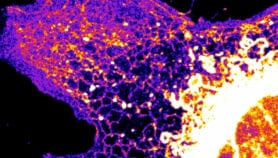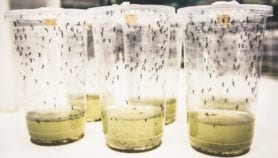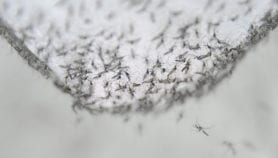By: Jia Hepeng
Send to a friend
The details you provide on this page will not be used to send unsolicited email, and will not be sold to a 3rd party. See privacy policy.
[BEIJING] A five-year hunt by Chinese scientists for native plants that can remove toxins from the environment has ended.
After screening more than 5,000 wild species, the 60-strong team identified 16 that can absorb pollutants such as arsenic or heavy metals.
The Chinese Academy of Sciences (CAS) reported last week (11 November) that the Ministry of Science and Technology had approved the research programme findings.
According to CAS, heavy-metal pollution affects more than 20 per cent of China’s farmland, causing an average loss of ten million tonnes of grain each year. The researchers hope to decontaminate the fields by using plants to absorb the toxins, which can then be safely destroyed.
Before the research began, hundreds of plants worldwide had been shown to absorb pollutants but none was known to be native to China, says lead researcher Chen Tongbin of the Institute of Geographic Sciences and Natural Resources Research (IGSNRR).
Over the past five years, Chen’s team assessed thousands of plant species for this ability, and devised methods for safely processing them.
"We have developed an advanced technique for processing heavy-metal-absorbing plants to prevent repeated pollution," says Lei Mei of the IGSNRR. Lei added that the methods cost less than one-tenth of the current approach of using chemicals to treat the pollution.
Lei said genes from the species identified could be used to genetically modify other plants.
The scientists have published 40 papers on their research since 2001, most recently in October’s issue of Environmental Pollution.
Link to abstract of paper in Environmental Pollution
Reference: doi:10.1016/j.envpol.2005.06.007













